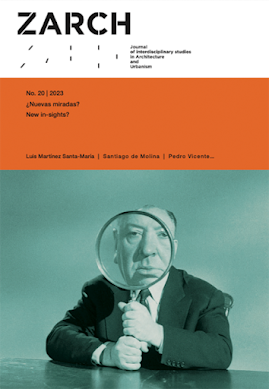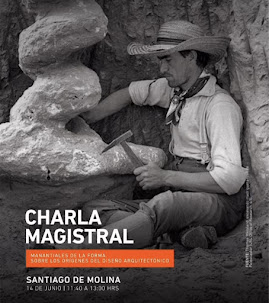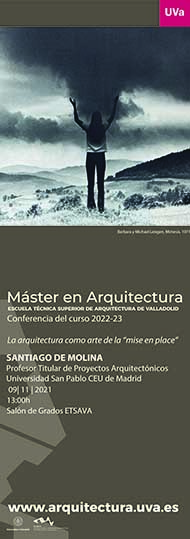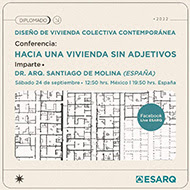De algún modo, la arquitectura respira, nace y muere con sus habitantes. Nunca sabemos si su vida y la nuestra van de la mano, o si la casa, su alma, muere con nosotros. Ciertamente, no estaremos para comprobarlo. Tras esto se podría concluir que las viejas casas no están ocupadas por los fantasmas de los antiguos habitantes sino más bien por lo que un día fueron ellas mismas. Por eso, y una vez sabido esto, lo mejor es operar con algo de astucia: no cambiemos esa bombilla fundida, no arreglemos ese grifo que gotea... Dejemos en las casas algo sin acabar. Por si acaso.
In some way, architecture breathes, is born, and dies with its inhabitants. We never know whether its life and ours go hand in hand, or whether the house—its soul—dies with us. Certainly, we won’t be there to find out. From this, one might conclude that old houses are not inhabited by the ghosts of their former dwellers, but rather by what they themselves once were. Yet once this is known, it’s wiser to act with a bit of cunning: don’t replace that burnt-out bulb, don’t fix that dripping tap... Leave something in the house unfinished. Just in case.










_-_left_hand_screen,%20imagen%20wikipedia.jpg)




































































































2 comentarios:
Hola, Sr. De Molina... Hace años, donde yo vivía, cuando se ponía el tejado de una casa se colocaba una rama de laurel bendecida (para protegerla de malos espíritus, claro)
Que nos proteja el laurel!. Gracias por tu lectura y por compartir tu vivencia.
Publicar un comentario